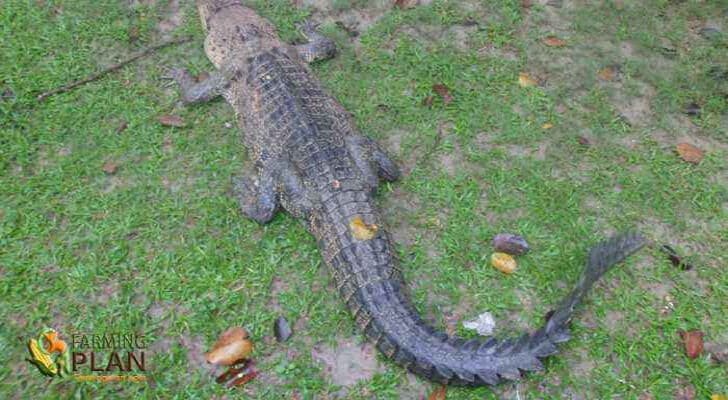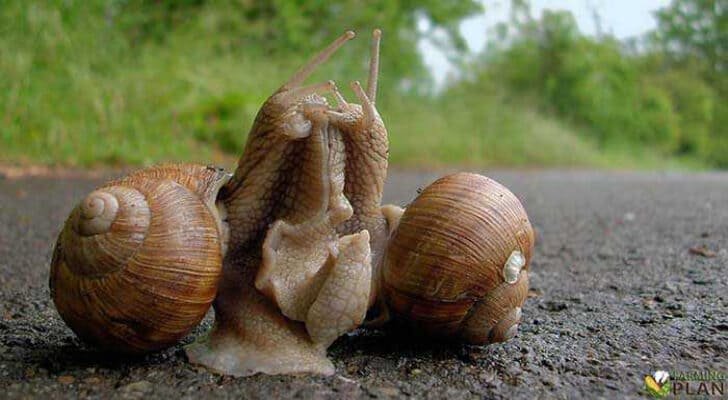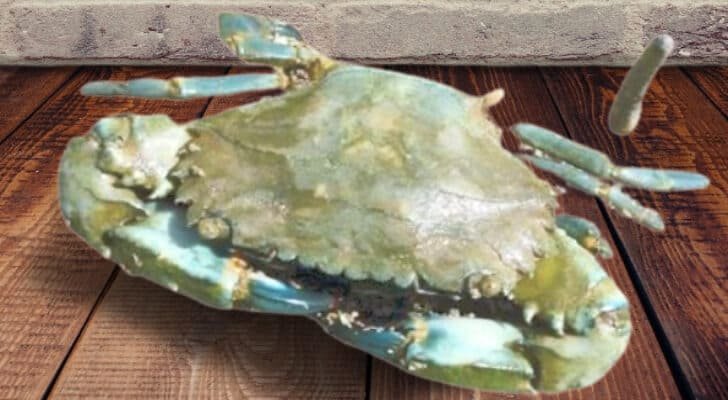To know the crocodile farming profitability the breeders should study several factors. These factors include installation, labor, equipment, species to be managed, and food according to the country is the least of the problems. If the breeders want the investment of a more tangible return, and in less time they should adapt their farms as zoos. In this way, tourists are the ones that generate income.
Crocodile farming is a complex industry that requires a large amount of initial investment for 3 to 4 years. Crocodiles take a long time to grow, and they are not suitable for selling their hides or meat in the international markets until they are at least 2-3 meters in length. Some areas around the world (such as Africa) are well suited for commercial crocodile farming, but success is not guaranteed. Larger crocodile farms are more viable and profitable than smaller farms.

Although initially adapting farms as zoos represent an expense, it is what may generate breeders a faster return on the initial investment. Since to market skins, and eggs must wait a reasonable time so that the young are able to produce. And also have the justify age to sacrifice and produce the skin. You may also like to read Nile Crocodile Farming
Economy of Crocodile Farming Profitability
The commercial viability of crocodile breeding depends on many factors. Especially of the bred species, market trends, and management. If the farm is not preparing to receive income from tourism, the time to receive profits may take up to three years. If the farm is based on captive breeding, breeders may convert young offspring into adult broodstock. Then obtaining a favorable rate of return can be appreciably greater.
The most successful farms are those that are prepared to receive income from a considerable number of visitors. Or those integrated into some other modality to generate income. Crocodile farmers are advised to prepare a detailed and realistic business plan and seek professional advice at an early stage. It is there where the important factors on which economic success or failure is based are analyzed.
Sources of Income
The purpose of a crocodile farm is to generate enough income from skins and other products to make it a profitable business. In addition, the income of a farm is derived from a combination of sales of live animals, skins, meats, and other by-products and tourism. The skins are the main product, it is usually possible to plan on the number of animals to be kept and the production in a reasonably accurate manner.
And with knowledge of the value of the species with which you work, you can make projections of the income to be obtained. Crocodile meat, skulls, teeth, legs, and internal organs have value. But they typically make up a smaller fraction of total income. Farms awaken interest in crocodiles and their conservation, and if they are conveniently located. Tourism can contribute a considerable part of the income.
Since crocodile farms when used as zoos attract tourists, which represents a constant income, especially when there are high seasons. Although we must make a particular warning about using the farms as zoos. Designing the farm to serve tourists can mean significant additional costs and can have a cost in terms of animal stress and production. Therefore it is recommended to open only part of the farm to tourists.
Fundamental Cost Factors
Economic analyses encompass a broad set of key cost factors. Effect of location, capital, supplies, and costs, source of copies, labor, and heating costs. It is worth emphasizing the importance of the location of the farm. This should be located in an area where food, water, electricity, and other services are at hand. And that the crocodiles must be a move towards the farm, not the opposite. Supplies and services may not seem important at the beginning, but as the farm develops, your needs increase.
Remote locations should be avoided, but some crocodile farms located very close to urban centers face a number of different problems. Including security, expensive land, and problems with waste disposal. The capital investment to organize or form a crocodile farm varies from place to place. In some developing countries, materials and costs are low. While vehicles and refrigeration equipment are imported at high costs.
The farms that are added to existing infrastructure, avoid land costs and their development. Capital investment is not usually the factor that determines success or loss in a developed country, although it is in developed ones.
Recurring Costs
Among the recurrent costs, the most significant are usually those related to the breeding stock, food, and labor. Although some very remote farms can have high transport and energy costs. The cost of the animals can be very high or very low depending on the demand. And also that the farmer has to buy them in a competitive situation. Generally, the cost of newborn eggs or hatchlings is less than 30% of the skin value of one year old.
While food, management, and labor tend to be the most significant costs. The most successful breeding sites have cheap or even free food. In many others, food is the primary factor in profitability. Labor is not generally expensive in developing countries but the cost of handling it is, which balances these costs. In many places, the hatcheries are mechanized and organized to work with a minimum of personnel. Although the experts in the area are impossible to avoid. You may also like to read the Crocodile farming business plan
In cold climates, warming can be a significant cost. The experience of each farmer seems to indicate that. Take more time than planned to establish a farm. It costs more than planned to establish a farm.
FAQ
Is crocodile farming cruel?
Crocodile farming has been controversial due to the potential for animal cruelty. The main concern is that crocodiles are often kept in small enclosures and can experience psychological distress due to a lack of stimulation. Additionally, some farms have been found to use cruel methods of slaughtering and skinning the animals.
What is the economic importance of crocodile?
Crocodiles are an economically important species in many parts of the world. They provide a source of food and income for local communities, as well as playing a vital role in their ecosystems.
Conclusion
Although the breeders at first do are invest, according to the species they manage, the final product they generate can give them profits. Whether for the production of leather, or the by-products generated by the skin, as well as the commercialization of meat, eggs, blood, among others. According to the species that they manage to the farms, and to the countries to which they realize the export will have gains from hundreds of dollars to thousands of dollars.
Although the farms begin to produce skins is when they have already passed 4 years on, the income they generate is good. As long as the product they have is of excellent quality.
As a reference: Wikipedia


